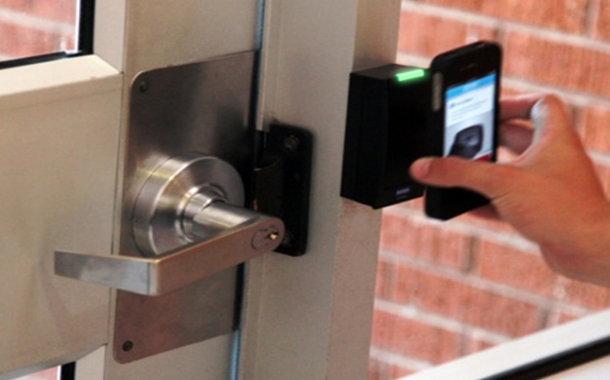APAC Survey Reveals Strong Trend for Deploying Mobile Access Control in India with enhanced end-user experience and multi-factor authentication the most important drivers
HID Global has recently completed an APAC survey of security professionals to gain an understanding of the opportunities and challenges faced by the mobile access market. The survey revealed that 57% of security professionals predict mobile access control would ultimately replace traditional card based systems in the future. This indicates a strong upward trend for deploying advanced mobile access control solutions. However, majority of the respondents expect the changeover to be steady and gradual.
According to the press release, 38% of the organizations have already deployed or plan to deploy mobile access in the next three to six months. 43% of the respondents stated that mobile access will serve as a complimentary solution to traditional access cards instead of fully replacing them. 50% of the organizations were looking beyond physical access control and were keen to deploy biometric applications of mobile access solutions.
Additionally, while 53% of the respondents said that the current access control system was preferred as it was convenient, 39% of the respondents said that it reduces total cost of ownership. The survey polled security managers, facilities managers and heads of security involved in the procurement and/or management of access control across the country. They were predominantly from security, manufacturing, engineering and IT sectors. Nearly 45% of the total respondents surveyed were from India.
Vishwanath Kulkarni, Director of Sales, India and SAARC (PACS) at HID Global said, “Our survey results reveal that organizations across sectors are realizing the potential of mobile access control as it has the capability to ease organizational friction by making both physical and logical access as seamless as possible. However, the awareness around the security aspect is still low in India. But, if nearly one-third respondents feel that multi-factor authentication is key, then mobile access technologies will definitely see higher uptake eventually, as it provides an ideal platform for exciting implementations of stronger authentication.”
As per the findings, 29% of the respondents cited security as one of the major reasons for not choosing mobile access. In reality, mobile access is more secure than its traditional counterparts. HID Mobile Access, powered by Seos credential technology, takes full advantage of the native security features built into smartphones in addition to providing state-of-the-art cryptography for the highest level of security and privacy protection available. It also provides the flexibility for rapid response to new attacks, so that organizations can make dynamic updates to their cryptography based on the threat landscape without replacing readers. However, security is only one barrier standing in the way of widespread deployment of mobile access technologies.
33% of respondents stated that they will convert to mobile access due to its convenience. The freedom to move access control to phones, tablets, wristbands, watches and other wearables provides an improved user experience.
Multifactor authentication was found to be the key differentiator. Nearly one in three of those polled said that multi-factor authentication and the increased security that it brings would be the key driver over the coming years. Multi-factor authentication combines any two or more of the following methods to authenticate a user: something you have (a trusted device, such as card or mobile); something you know (typically a password); and something you are (biometrics).
Finally, 86% felt the most appealing overall feature was to connect a mobile phone to a tablet or laptop for secure computer login and access to cloud applications or web services. These findings clearly suggest that the convergence of logical and physical access will play a critical role in mobile access moving forward.


